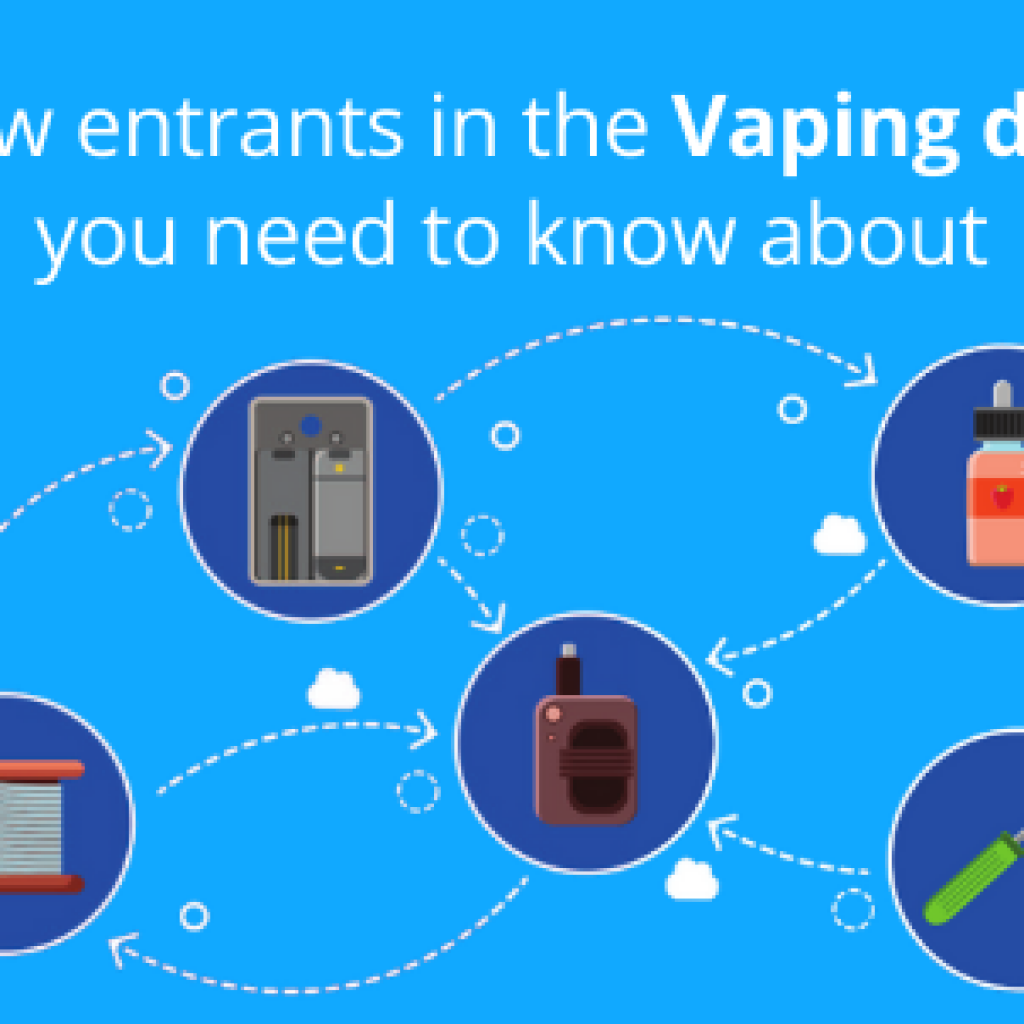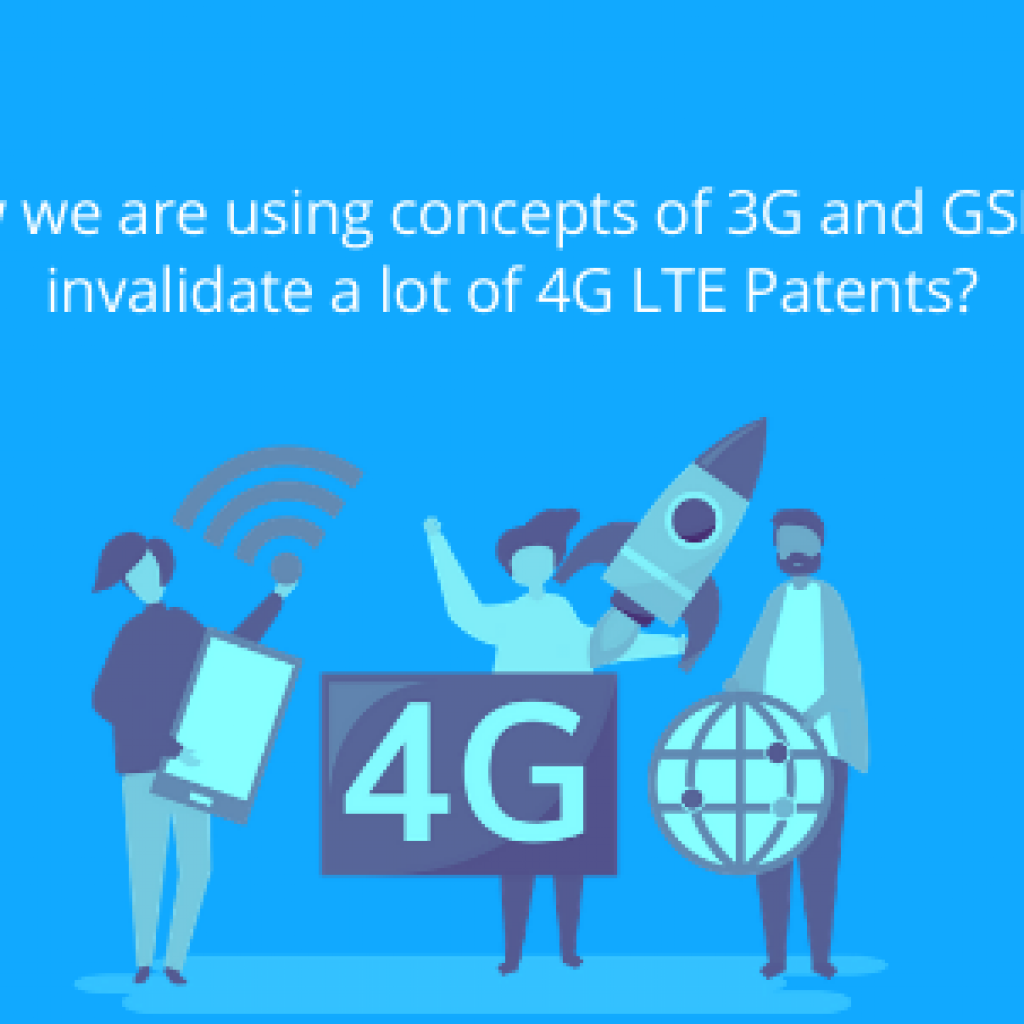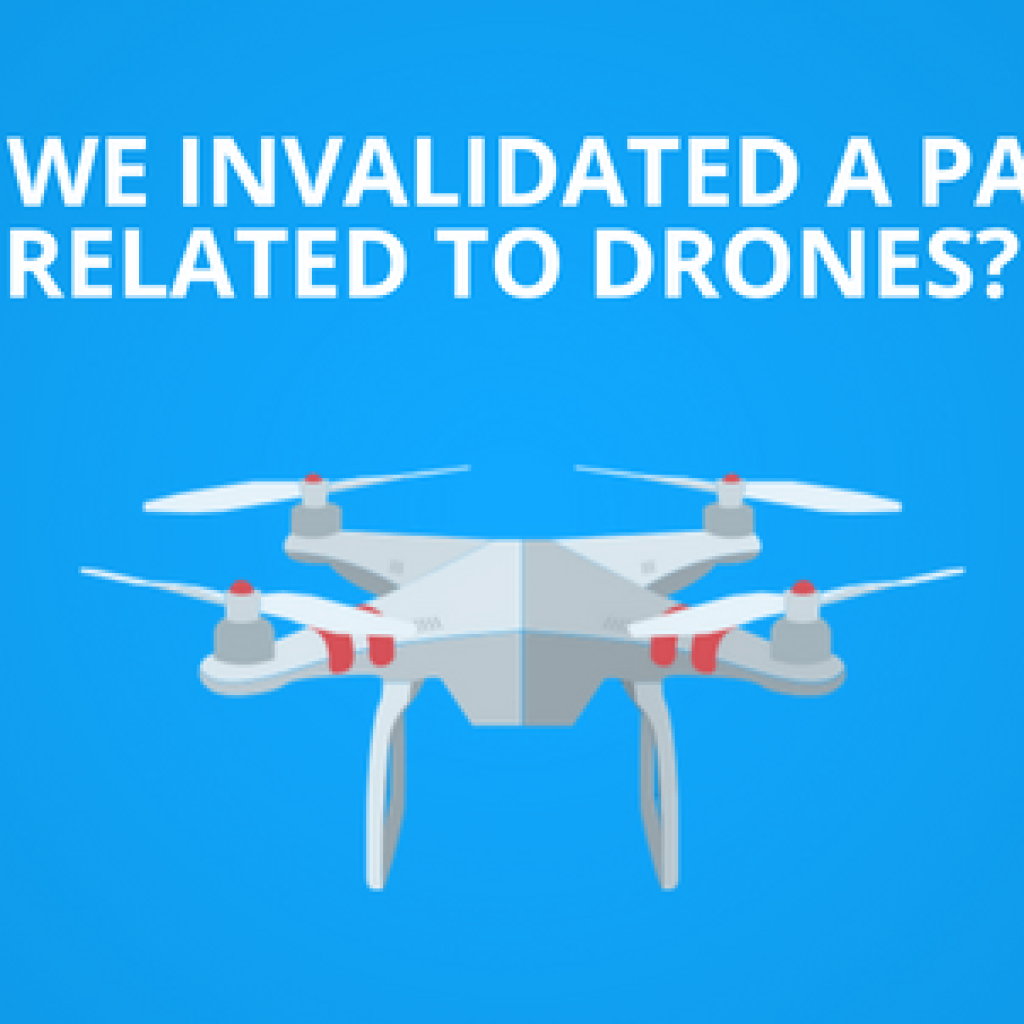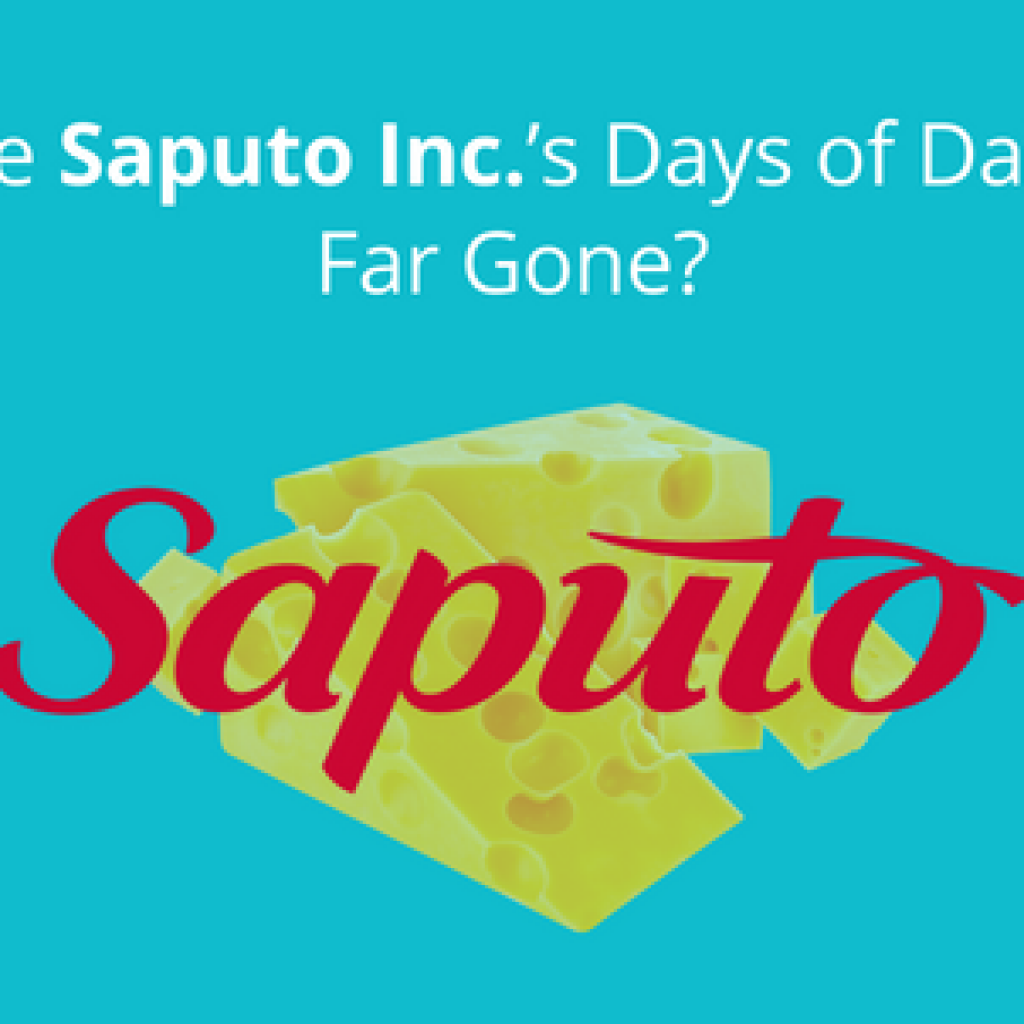“Do you think prior-art searches are only about looking at relevant literature available before the cut-off date?” – I asked the newly joined members of my team.
All bewildered by the question, responded with a nod in unison.
“Well, you all are kind of right. This is the reason most of the searches are focused on identifying literature published before the priority date of the patent. However, in some cases, you have to break all the rules of the book. Let me share an example from a recent case that I worked on.”
The team did not move. I could see the look of hope, perplexity, and keenness on their faces.
“This case is about a company who had been threatened with a patent infringement suit. They approached us to help them prepare a strong case for challenging the validity of the patent used in the lawsuit.
Now, the patent was related to an address forwarding technique (Network Address Translation, i.e., NAT). It is mainly used in intermediate devices like routers for accessing the internet. Now, for accessing private networks, i.e., the ones which do not have public addresses, NAT is deployed in the routers.”
“For the uninitiated, NAT is like the receptionist in a hotel. Now, a hotel might have 1000s of room and hence buying 1000s of publically dialing numbers for each room will be quite costly. So, what they generally do is they use one public number and they create 1000s private numbers (which are not known outside).
Let’s say you want to call a friend staying at that hotel and you don’t have his number. So what will you do? You will get the publically available dialing number of the hotel, right? And then when you call, the receptionist will pick it. You will tell the receptionist about the name of your friend to whom you want to speak. And then the receptionist will gladly check a lookup table that matches the name with the required extension. And therefore forward your call to the extension of the room in which your friend is staying.”
“Well, the claims had a lot of other things but we can talk about it later.” I shrugged.
“Then, what happened next?”, Tarun questioned.
“You all tell me. What is our first step for the invalidation search? Where do we look first?”, I looked at them.
“A search in the patent and non-patent Literature.” – Ayushi almost jumped.
“Exactly! And I did the same. I looked any available literature which might be relevant for the case. Used all available strategies given in the books and along with exhaustively exploring the non-patents too. After a few days of an exhaustive search involving broad keywords, I still could not find anything before the priority date.”
“So end of the road?” Biswa looked sad and was about to turn around but stopped when I said –
“Well, I did not find anything before the priority date. Last year one of the manager shared his learning in our internal email group where he talked about exploring prior art leads by studying the literature that was published after the priority date.”
“It is very similar to how you guys share your learning with everyone”
“But anything published after the priority date is useless.”– Biswa definitely wasn’t ready for this response.
“As I mentioned in the beginning, this case will change your perspective.” I smiled at them.
“I don’t understand?” Biswa settled back and had a cloud of confusion around his face.
“What happened next is what most people don’t do. I started exploring literature around the priority date of the patent.
But before I tell you what I found, let us discuss something in brief. You have seen a lot of research papers till now, right?”
Everyone’s nod followed.
“Well, tell me, what do we generally find in those research papers?”
“I think research papers are a good source to tap into the vast knowledge the author possesses about his/her research field,” Tarun said instantly.
“Research papers consist not only of the information on the author’s work but also their awareness of the work of their peers as well,” Biswa added.
“Correct. Its not always about what is written in the paper it is also about what he was aware of at that time.”– I acknowledged their answer.
“But why did you ask us that?” – Ayushi looked at me with suspicious eyes, trying to read between the lines.
“Because that is exactly what I found”, I said innocently, followed by a twinkle in her eyes. However, it died as soon as I said the next line –
“Somehow, it was published three months after the priority date.”
A deadly silence followed.
“What happened?” I asked, almost grinning.
“Isn’t that the worst situation to be in”, Ayushi’s suspicious eyes turned to the one with pity.
“Not at all. In fact, I found X references through that paper” I slyly grinned .
“You are joking?” Tarun spoke out aloud with shock.
“Not at all.” I smiled and continued – “The paper was exactly what we were looking for but we could not use it as it was published after the priority date. So I decided to study the research paper to understand from where the authors got this idea. I eventually found the references by tracing back to those exact techniques on which the paper was published.”
“References? You’re saying you found more than one good result. But how?” – Biswa looked surprised.
“Yes. You see I had observed some product manuals in the citation of the paper. The authors had referred to these manuals of the old routers while writing the paper. These were very old manuals and I had a hard time getting my hands on them. When I found them they were in “Image-only” or Scanned PDF (non-searchable) format and maybe that was the reason I didn’t get them in the initial research, which was based on keyword matching. After getting my hands on them, I read all the manuals and figured out how the routers were working at that time.
It was then that I found two manuals that described the working in exactly the same manner and it disclosed all the aspects of the invention (patent-in-suit).” – I explained.
“How good those results were?” – Ayushi questioned.
“It was akin to hitting the jackpot. The two manuals I was talking about were about two different routers and each of them disclosed all the aspects of the invention. Simply put, they were 2 Tier1 references. There were few other relevant references from standard documentation of IETF which further bolstered our case.”– I answered, now noticing the hint of joy on everyone’s faces.
“Wow! Who would have thought that literature that has been published after the cut-off date can come handy?”, Tarun was wiping the sweat off from his forehead.
“That’s exactly what our client said too. They were shocked when we shared the story with them. And after compiling everything, they could see that they had more weight in this case now.” I shared thinking about that day.
“I think we can now stop thinking that date restriction is necessary for the prior-art search,” Biswa suggested.
“Well, I think nothing is fixed in the prior-art search except the end objective. You have to keep your eyes wide open and keep looking for things that can give us signals of where the prior art may be present. If it requires going beyond the boundaries, be ready for it.” – I looked around and knew they agreed with me on this.
Conclusion
Though many believe that any resource published after the priority date is of no help, we at GreyB, tend to believe something different. Nothing is useless and fixed when we talk about the prior-art search. We keep our focus on providing what is best for our clients.
Going against the conventional methods and advice helped us find Tier I results for our client in this case. I think all you need is an open mindset and an investigative approach to find the right solution.
That said, do you have a project which is seemingly super difficult or do you think our approach to search can help you invalidate the patent that is giving you a lot of grief? I mean, we call our prior art search team patent killers for a reason. Let us kill(invalidate) that patent for you. Fill the form below and our team will get in touch with you.
 Authored by: Swapnajeet Nayak, Patent Monetization and Gayatri Sharma, Market Research.
Authored by: Swapnajeet Nayak, Patent Monetization and Gayatri Sharma, Market Research.









